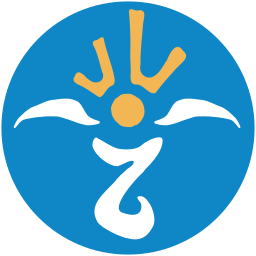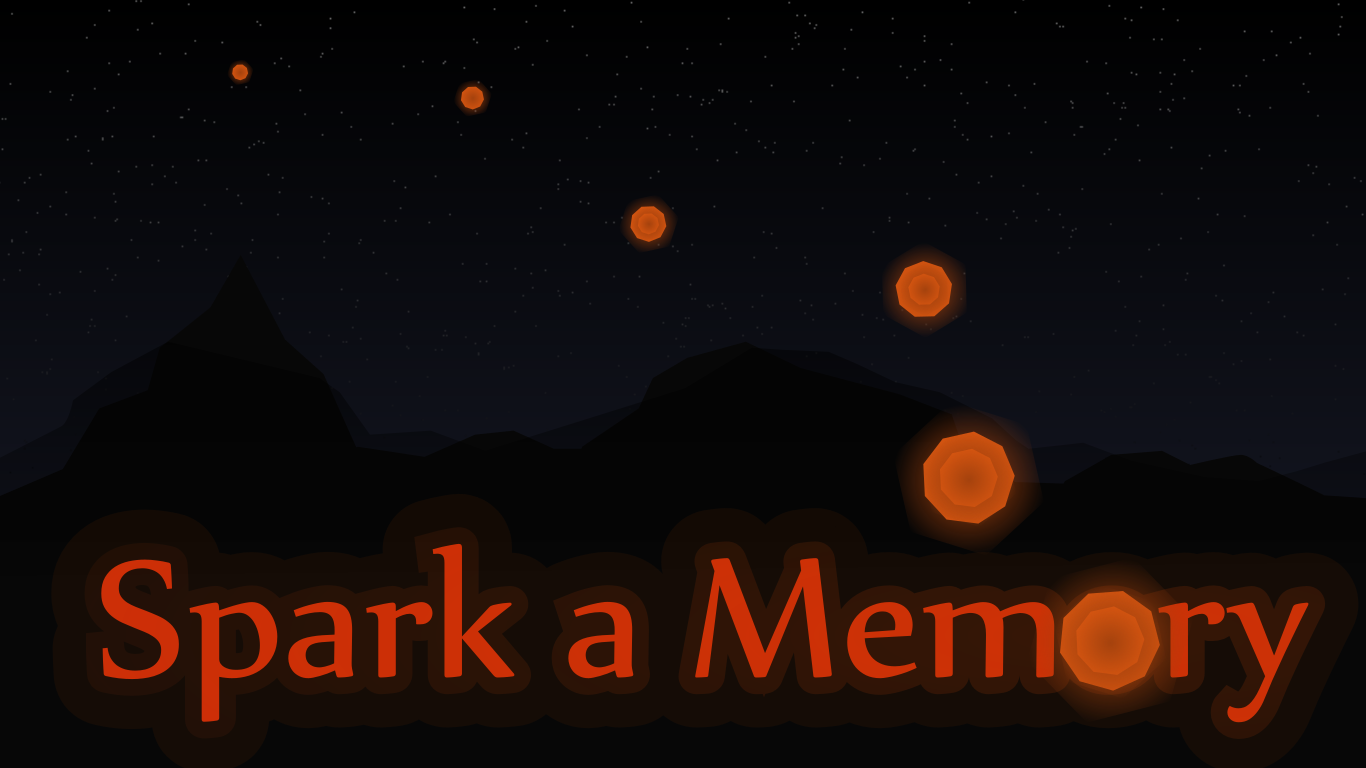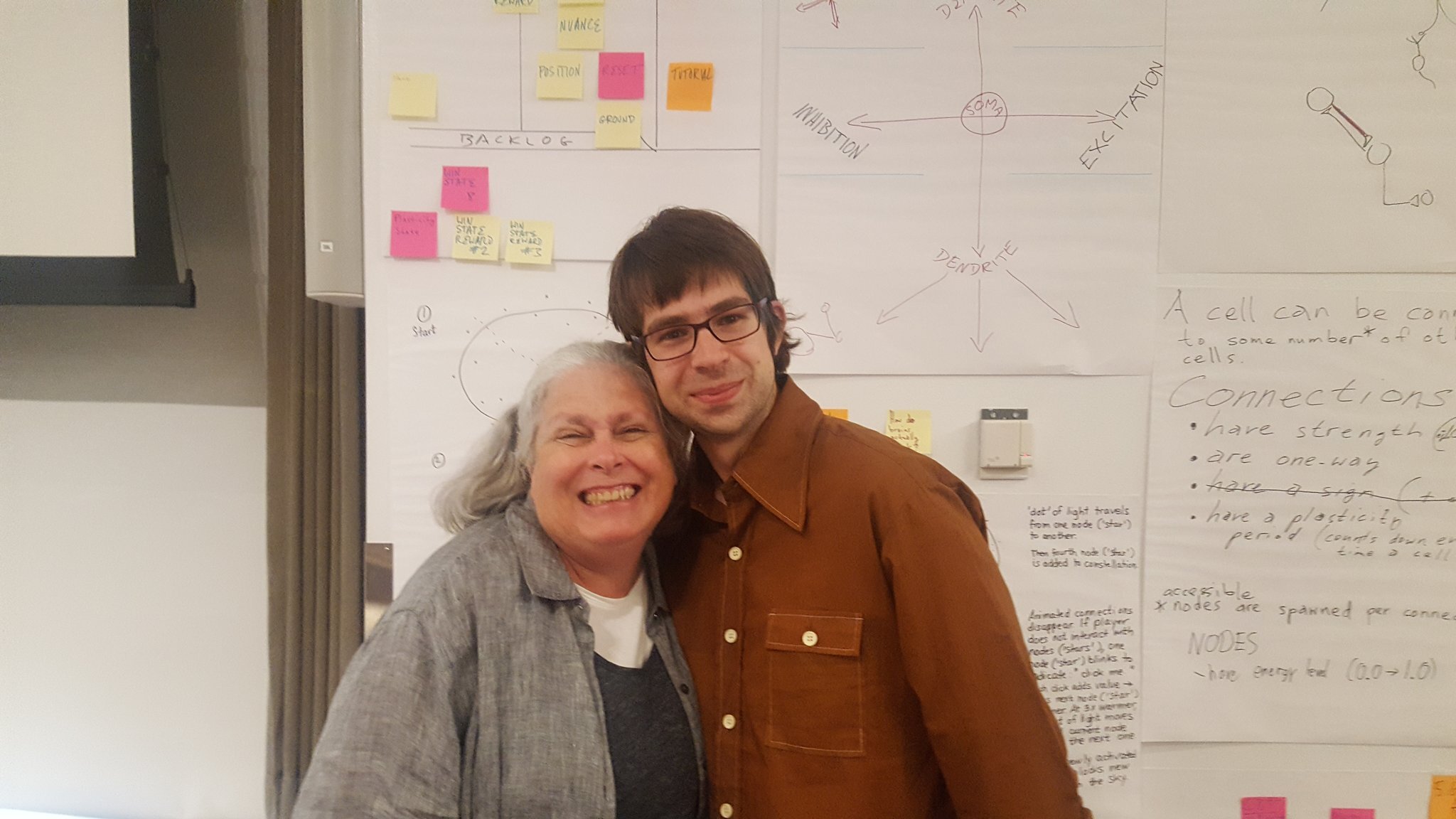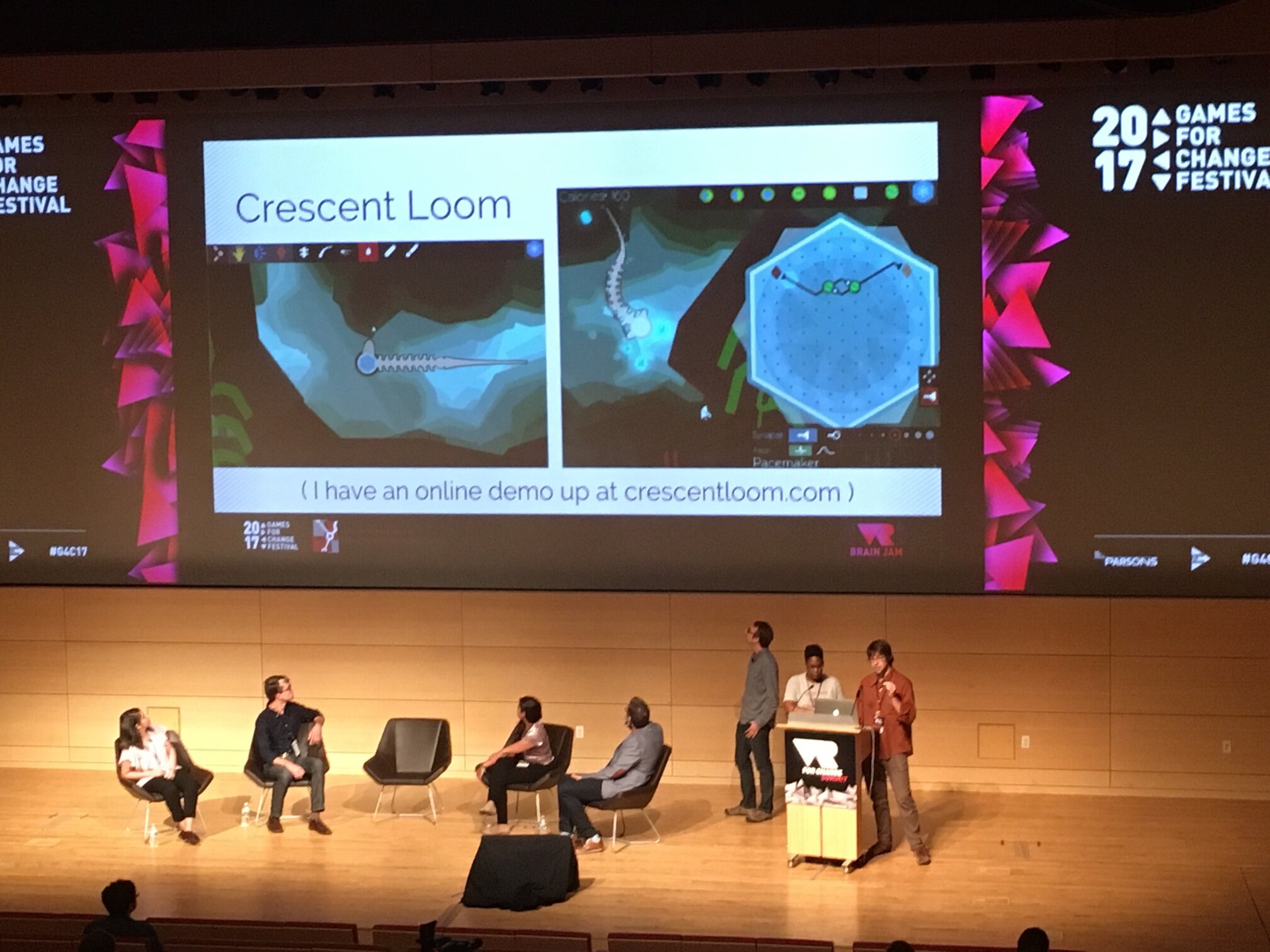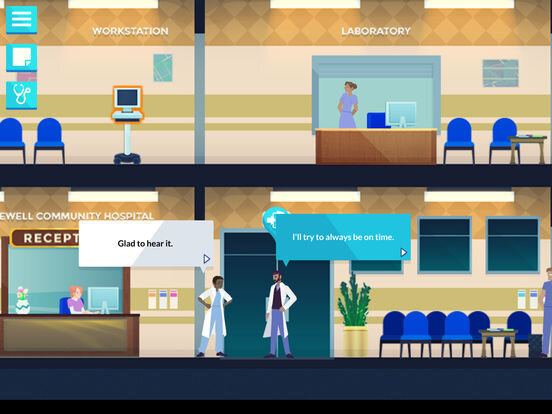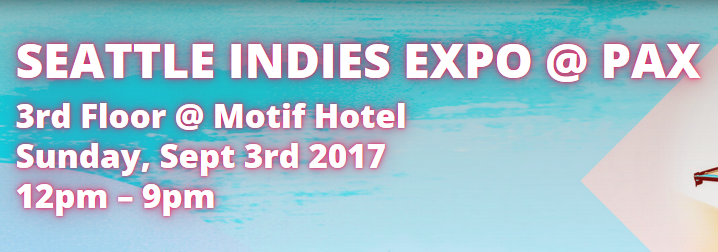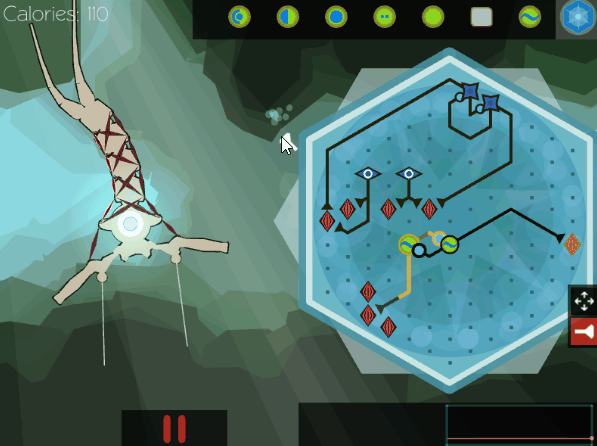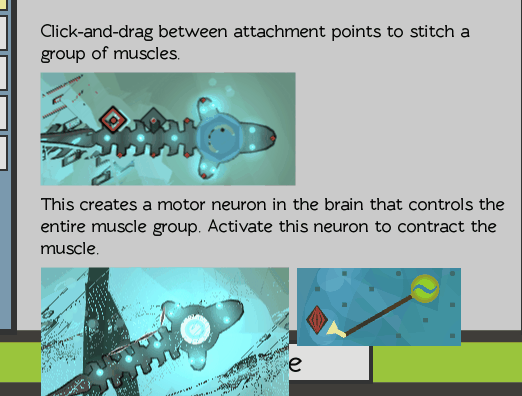Wicklog #10 - Games for Change Conference, Spark a Memory, new help menu
When I landed in New York, I was afraid. I expected endless crowds, giant rats, an arcane subway system, and to inevitably get mugged / hit by a runaway taxi. But it turns out it’s just another city filled with beautiful, busy people. The subway was super efficient and air-conditioned. And jeez, it drove home to me what a issue Portland has with homelessness; I see more street kids by walking down Hawthorne than I did my entire week-long trip there.
I was there for the Games For Change conference, a meeting about using games to do good in the world. This was preceded by a neuroscience virtual reality game jam (a “brain jam”, if you will), where neuroscientists were teamed up with VR developers to make a game in 48 hours.
Long story short, I was paired with a gold-star team, and we knocked it out of the park with this weird floating-lights-with-connections experience called Spark a Memory."
During the jam, one of my team members started talking to somebody at another table. They mentioned something about neuroscience and my ears perked up, but I kept working. Then: "...there's a neuroscience game I backed on Kickstarter recently. It was called... Crescent Loom?"
O_O
What are the chances? It's the first time I've run into a CL backer in the wild. It was awesome and made my day.
Afterwards, everybody voted for their top three games, and Spark a Memory was selected to be presented at the main conference!* At which, of course, I took the opportunity to shamelessly plug Crescent Loom. So that was fun!
* we had the biggest team, and you could include your own game in your vote, so, um.
Where does your game live?
At the conference, there was a lot of focus on where games “live” in the world -- there’s more to life than Steam and the App Store! These days, games are being used in all sorts of places: classrooms, museums, historical forts, Planned Parenthood, and citizen science projects (mapping the brain, inventing medicine, and discovering protein-folding reactions).
This is exciting from a design perspective. For example, Night Shift by Schell Games is used to help train emergency medicine physicians in trauma triage. It doesn’t have to compete for attention on the App Store because people come to it in order to learn something. Instead of coming up with some kind of fancy UI solution to display patient information, it uses dense text descriptions, just like in actual medical charts that the physicians actually work with.
Making a game for a context other than the entertainment marketplace gives you the freedom to explore designs/topics that wouldn’t “sell”, and lets you rely on information/expectations that your very specific target audience will have.
A question after Night Shift's talk: "how do you hide the fact that you're teaching people things in the game?"
Their response was that educational games don't have to be “sneaky” and hide what they're teaching. People are playing this game because they want to learn. Besides, sneaky educational games never fooled anybody.
Help Screen / Introduction
On the coattails of all this good stuff, Crescent Loom was accepted to participate in the Seattle Indies Expo // PAX on September 3rd in Seattle!
They also helpfully included six juror’s feedback forms with the decision, every single one of which included a plea for a help file or tutorial.
So! That’s what I’ve been working on. Double-click on anything with a help file in the game, and it’ll bring up a screen with some functional information and explanatory animated gifs.
(gifs, I might add, that were non-trivial to get working:)
Another problem I’ve seen is that new players don’t know what creatures are sorta supposed to look like. Therefore, I’ve also started making a introduction where you hatch from an egg and steer a pre-made creature to an obelisk:
Next up
I also learned a lot at Games for Change about the process of getting funding for educational games. To get back on my every-other-week schedule, I’m going to post a post about that next week. It’s cool stuff, and drove home for me how different sources of funding will fundamentally shift the direction of a game’s design.
Other than that, I’m going to keep getting things ready for this SIX exhibition. Jeez, it's been forever since I actually worked on the physics or art. It's all been writing help files or the project as a whole.
